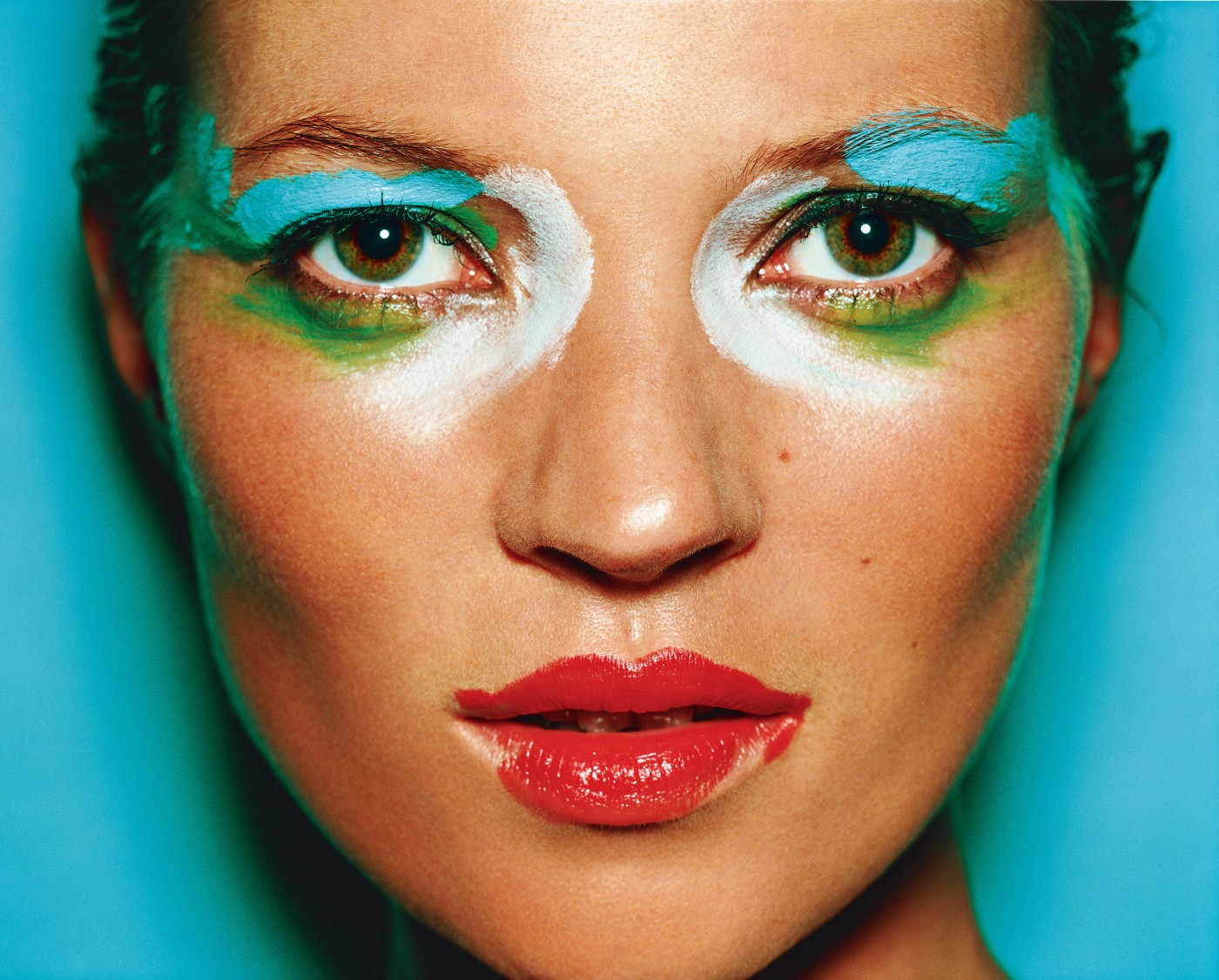Aperture:
1. What part of the body should we closely relate aperture? The human eye, or pupil.
2. Finish this sentence - the smaller the Aperture the larger the f-stop, the higher the Aperture the smaller the f-stops_.
3. In your own words tell me how aperture impacts Depth of Field? It determines which part of the photo is going to be sharpest.
Shutter Speed:
 |
| Slow |
 |
| fast |
1. If you were assigned to shoot at Bulldogs and Hotdogs night, which was a few months ago, what shutter speeds do you think you would have to shoot at the following events that night I would like you to answer the question for the following two situations:
At the beginning while the sun was still up and the courtyard had reasonable good light
a.) a booth in the middle of the yard near the Tree,fast
b.) a food booth outside under one of the big red awnings,slow
c.) the Stars performance inside the gym ,fast
d.) students dancing near the center of the courtyard,fast
e.) people streaming in from the front doors,slow
f.) the basketball booth where students are shooting basketballs at a hoop,fast
Towards the end when there is no sun and has gotten dark enough that you can't see from one end of the courtyard to the other.
a.) a booth in the middle of the yard near the Tree, Slow
b.) a food booth outside under one of the big red awnings,Slow
c.) the Stars performance inside the gym,Fast
d.) students dancing near the center of the courtyard,Slow
e.) people streaming in from the front doors,Slow
f.) the basketball booth where students are shooting basketballs at a hoop,slow
2. List the three settings your camera has regarding setting shutter speed (these are found at #5 on the Shutter Speed website. Explain how each works...
Auto mode, is when both the shutter speed and aperture are automatically selected by the camera
Shutter Priority mode, is when you select the shutter speed and the camera selects the aperture
Manual mode, when you manually set both the shutter speed and aperture
ISO:
 |
| ISO 200 |
 |
| ISO 3200 |
 |
| ISO 6400 |
1. What are the advantages of shoot at a higher ISO at a sporting event like basketball or a night football game?
If you shoot at a higher ISO you can shoot photos very quickly.
2. What suggestions did the author make about using a low ISO?
You should always use the lowest ISO but if its dim or dark you'll want to lower it.
3. What suggestions did the author make about using a high ISO?
When there isn't enough light to quickly capture a photo.
List the aperture settings available on this camera.
2.8, 4, 5.6, 8, 11, 16, 22
List the shutter speed settings available on this camera.
1 SEC, 1/60 SEC, 1/4000 SEC
List the ISO settings available on this camera.
100, 200, 400,800, 1600, 3200, 6400, 12800, 25600




























